I’m excited to share with you some valuable insights on choosing the right vacuum cleaner for your cleaning needs. One important consideration is whether to opt for a bagged or a bagless vacuum cleaner. Each option has its own advantages and drawbacks, so it’s important to understand their features before making a decision.
Bagged vacuum cleaners are known for their hygienic nature, particularly beneficial for those with allergies. These cleaners typically utilize HEPA filters, which effectively trap allergens, providing a cleaner and healthier environment for you and your family. They also require less maintenance compared to bagless models.
On the other hand, bagless vacuum cleaners offer cost-saving benefits in the long run. With no bags to replace, you won’t need to worry about ongoing expenses. Additionally, the visible dirt chamber allows you to easily determine when it needs emptying, providing convenience and peace of mind.
While bagged vacuum cleaners are considered more hygienic, they do have some drawbacks. The recurring cost of buying replacement bags can add up over time, and their performance may decline as the bag fills up. In contrast, bagless vacuum cleaners may expose you to more allergens during the emptying process and some models can be challenging to empty without creating a cloud of dust.
Now that you have an overview of the key features of bagged and bagless vacuum cleaners, it’s time to delve deeper into the specifications that should be considered when making a final decision.
Key Takeaways:
- Bagged vacuum cleaners are recommended for allergy sufferers due to their hygienic nature.
- Bagless vacuum cleaners offer cost-saving benefits in the long run as there are no bags to replace.
- Bagged vacuum cleaners require less maintenance compared to bagless models.
- Bagless vacuum cleaners allow easy visibility of the dirt chamber, ensuring timely emptying.
- Consider personal preferences, cleaning needs, and budget constraints when choosing between bagged and bagless vacuum cleaners.
Key Specifications to Consider When Choosing a Vacuum Cleaner
When comparing different vacuum cleaners, there are three key specifications to consider that can greatly impact the performance and cleaning ability of the machine. These specifications include:
- Motor input power: The motor input power of a vacuum cleaner, typically measured in watts, is a crucial specification to consider. This specification indicates the suction power of the machine. A higher motor input power generally means greater suction and more effective cleaning.
- Water lift or sealed suction: Water lift or sealed suction refers to how well a vacuum cleaner performs as the bag fills and the filters load. It measures the vacuum’s ability to pick up heavy soils and maintain suction power. Higher water lift values indicate better performance in picking up debris and maintaining suction.
- Airflow: Airflow is another important specification to consider when choosing a vacuum cleaner. It measures the vacuum’s ability to move dirt from surfaces to the dust bag or container. Higher airflow ratings indicate better cleaning ability, as more air is being moved to capture and collect dirt and debris.
For canister vacuum cleaners, it is recommended to choose a model with an airflow rating of 100 cubic feet per minute (CFM) or more and a water lift of 90 inches or more. Upright vacuum cleaners have different designs, but those with by-pass motors tend to offer higher airflow ratings. Additionally, amp ratings can provide some insight into cleaning ability when comparing different upright vacuum cleaners.
Considering the motor input power, water lift, and airflow specifications can help you make an informed decision when choosing a vacuum cleaner that meets your cleaning needs and ensures efficient and effective performance.
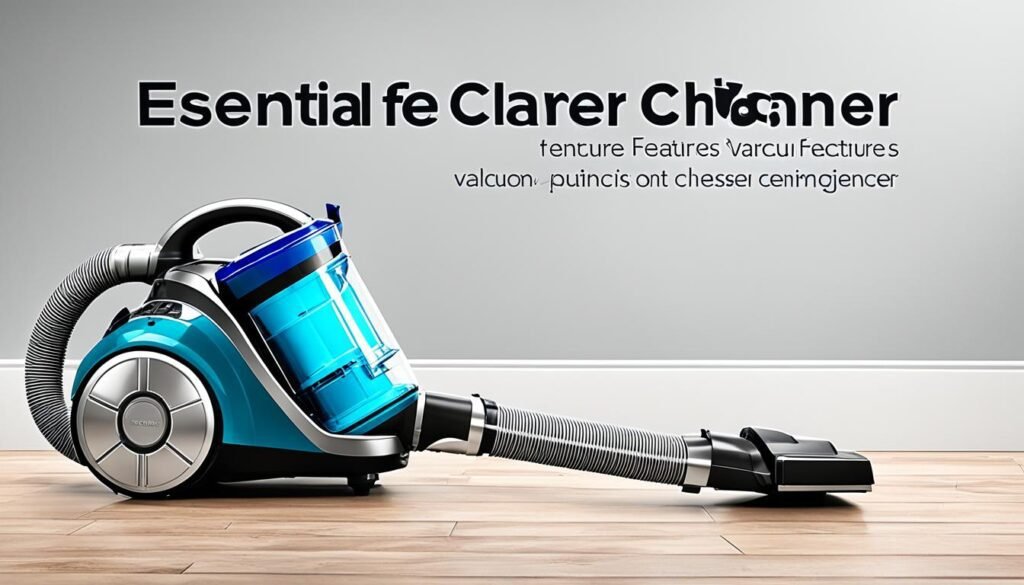
“When comparing different vacuum cleaners, it’s important to look beyond design and brand names. Understanding the key specifications is crucial in choosing a vacuum cleaner that fits your cleaning requirements.”
Conclusion
In conclusion, when it comes to choosing a vacuum cleaner, there are important considerations to make regarding the bagged vs bagless options. Bagged vacuum cleaners are highly recommended for allergy sufferers due to their hygienic nature and effective allergen trapping through the use of HEPA filters. They also require less maintenance, making them a convenient choice. However, it’s essential to keep in mind that buying replacement bags can result in recurring costs, and the performance of the vacuum cleaner may decrease as the bag fills up.
On the other hand, bagless vacuum cleaners offer long-term cost savings as there are no bags to replace. They also provide easy visibility, allowing you to know exactly when it’s time to empty the dirt chamber. Additionally, bagless vacuum cleaners are considered more environmentally friendly due to the lack of disposable bags. Nevertheless, it’s important to note that the emptying process may expose users to more allergens, and some models can be challenging to empty without creating excess dust.
Ultimately, the choice between a bagged or bagless vacuum cleaner depends on your personal preferences, specific cleaning needs, and budget constraints. Consider factors such as your susceptibility to allergies, maintenance requirements, long-term costs, and environmental impact. By carefully evaluating these considerations, you can make an informed decision that aligns with your cleaning requirements and lifestyle.
FAQ
What are the benefits of a bagged vacuum cleaner?
Bagged vacuum cleaners are known for their hygienic nature, especially for allergy sufferers. They typically use HEPA filters, which are effective at trapping allergens. Bagged vacuum cleaners also require less maintenance and are recommended for those who want a more hygienic cleaning solution.
What are the advantages of a bagless vacuum cleaner?
Bagless vacuum cleaners are more cost-effective in the long run since there are no bags to replace. They also offer the advantage of easy visibility when it comes to knowing when to empty the dirt chamber. Bagless vacuum cleaners are also considered more environmentally friendly, as they do not generate waste from disposable bags.
Are there any drawbacks to using a bagged vacuum cleaner?
Yes, bagged vacuum cleaners have some disadvantages. One is the recurring cost of buying replacement bags. Another drawback is that their performance may decrease as the bag fills up.
Do bagless vacuum cleaners have any disadvantages?
While bagless vacuum cleaners offer cost savings and easy visibility for emptying the dirt chamber, they may expose users to more allergens during the emptying process. Some models can also be challenging to empty without creating a cloud of dust.
How do I choose between a bagged and bagless vacuum cleaner?
The choice between a bagged and bagless vacuum cleaner depends on personal preferences, specific cleaning needs, and budget constraints.
What are the key specifications to consider when choosing a vacuum cleaner?
There are three key specifications to consider. The first is motor input power, which provides an indication of the machine’s suction power. The second is water lift or sealed suction, which refers to how well the vacuum cleaner performs as the bag fills and the filters load. The third important specification is airflow, which indicates the vacuum’s ability to move dirt from surfaces to the dust bag or container.

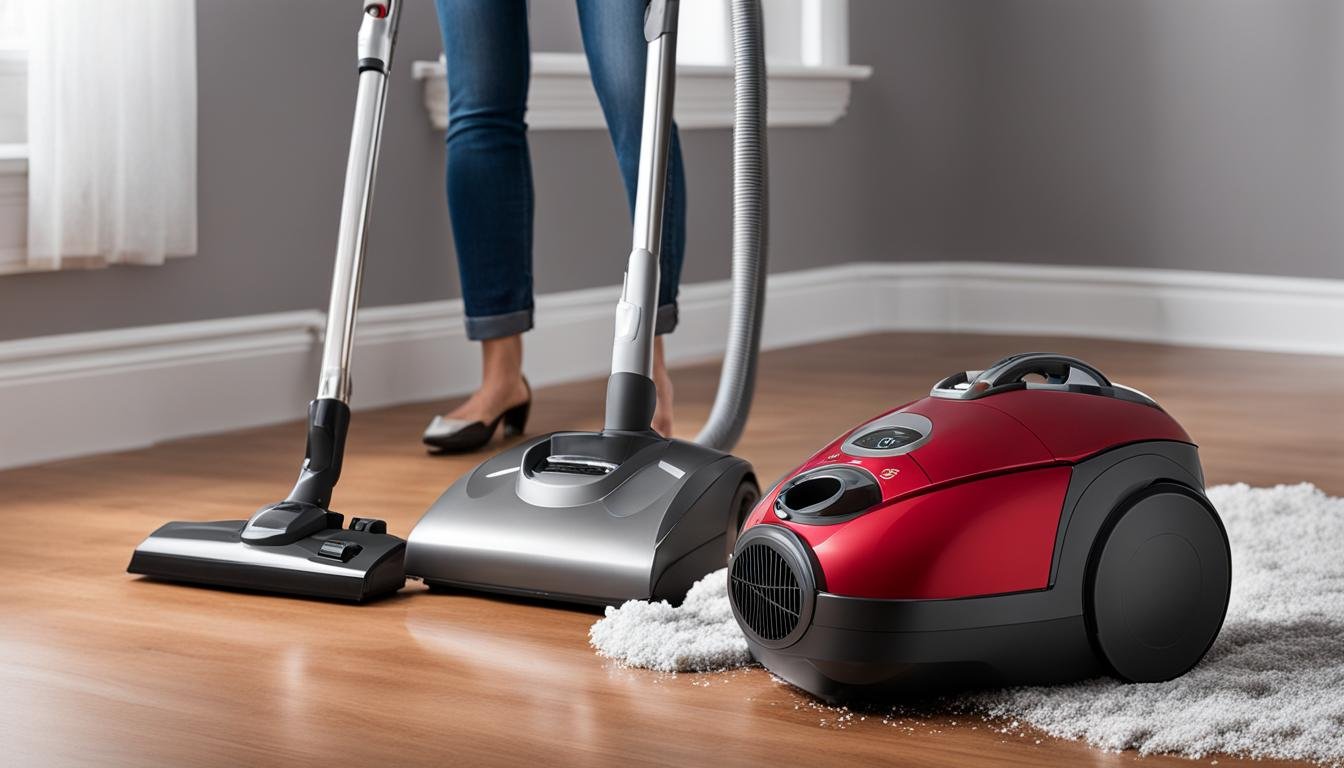
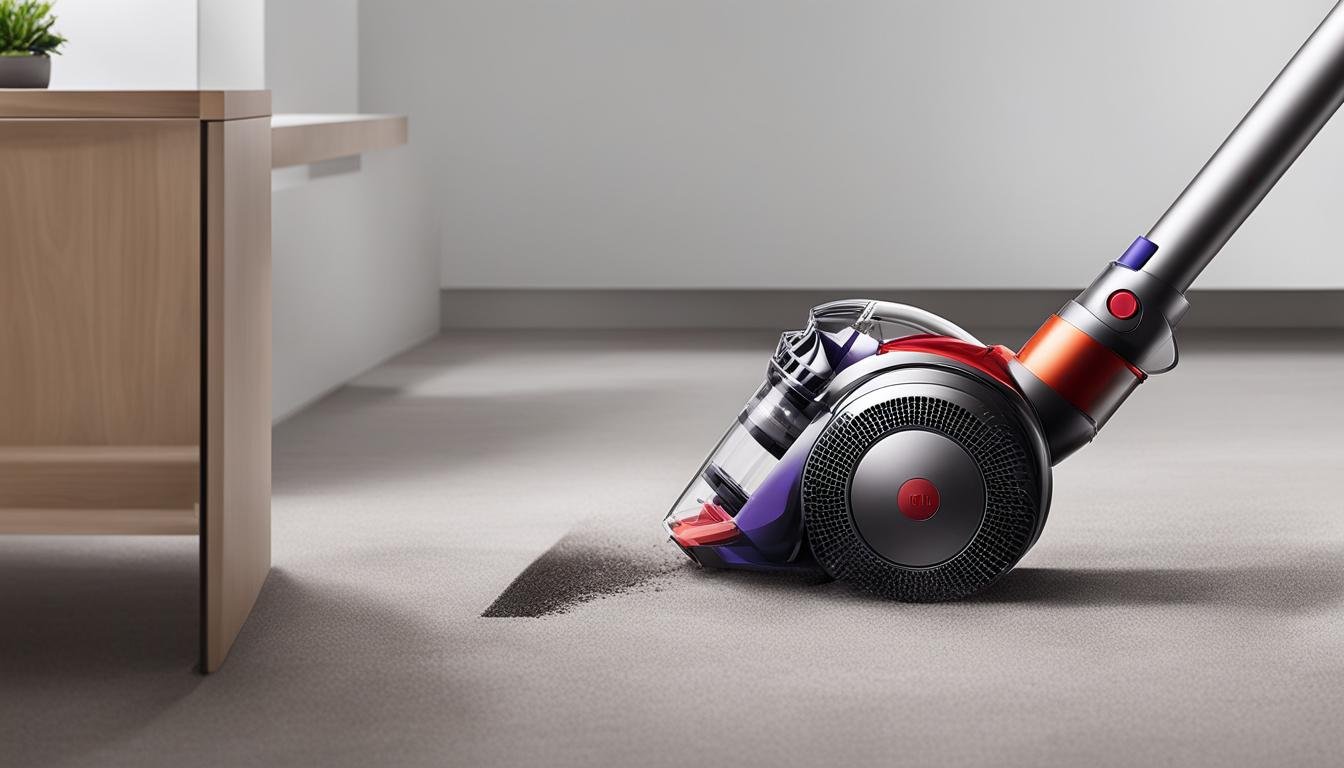
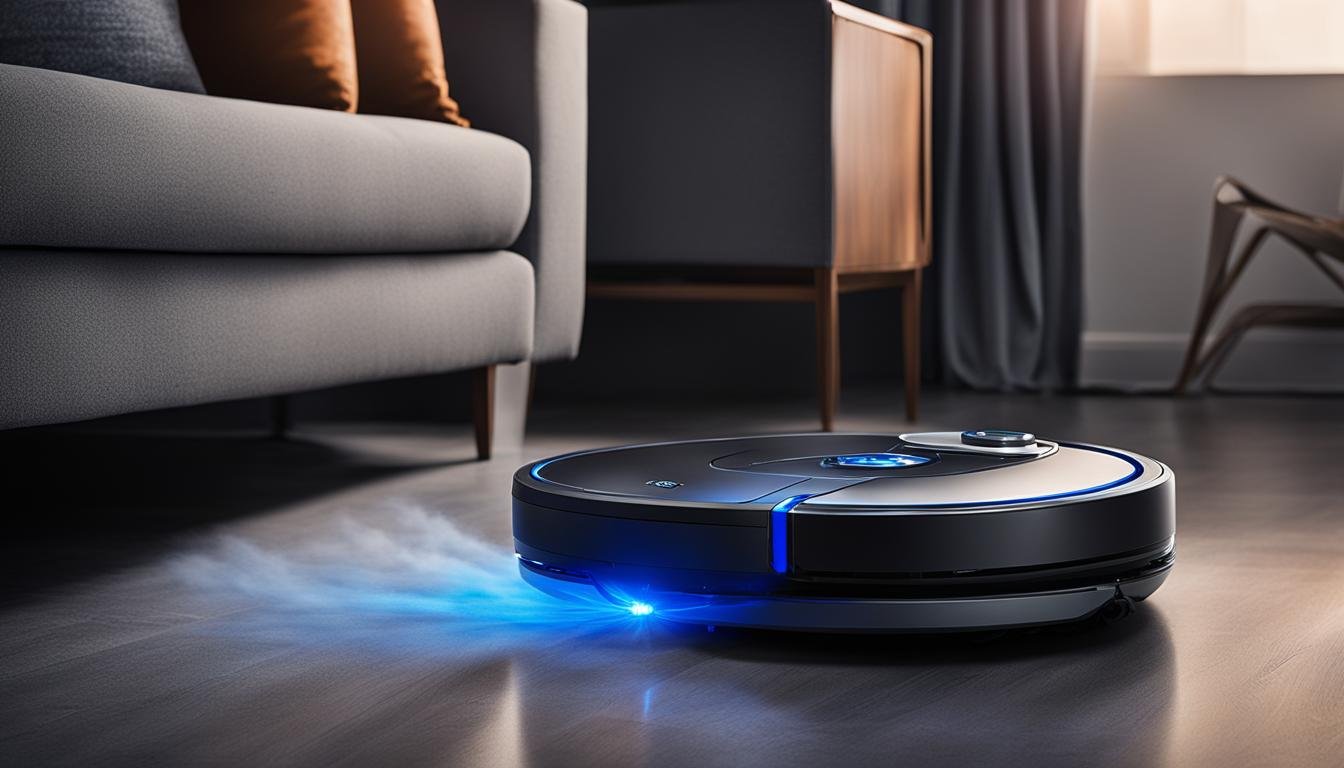
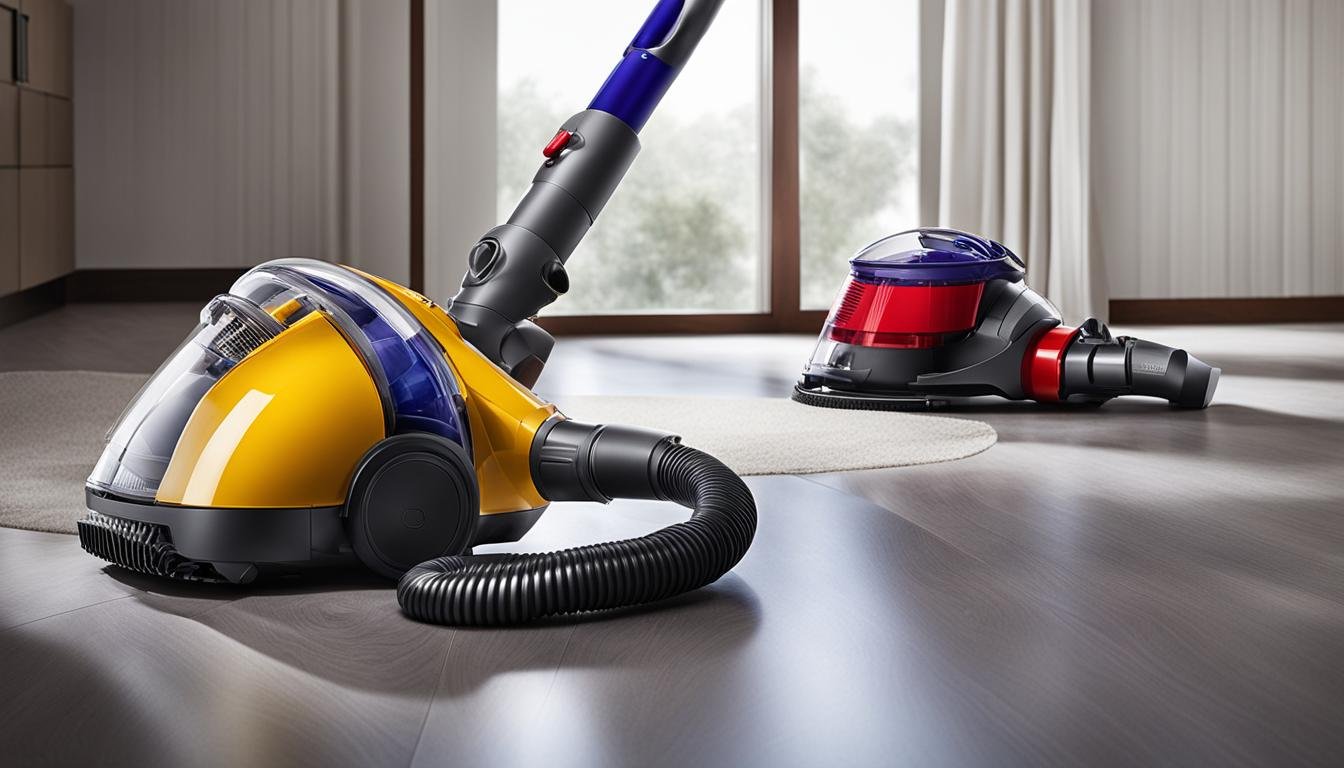

Leave a Reply